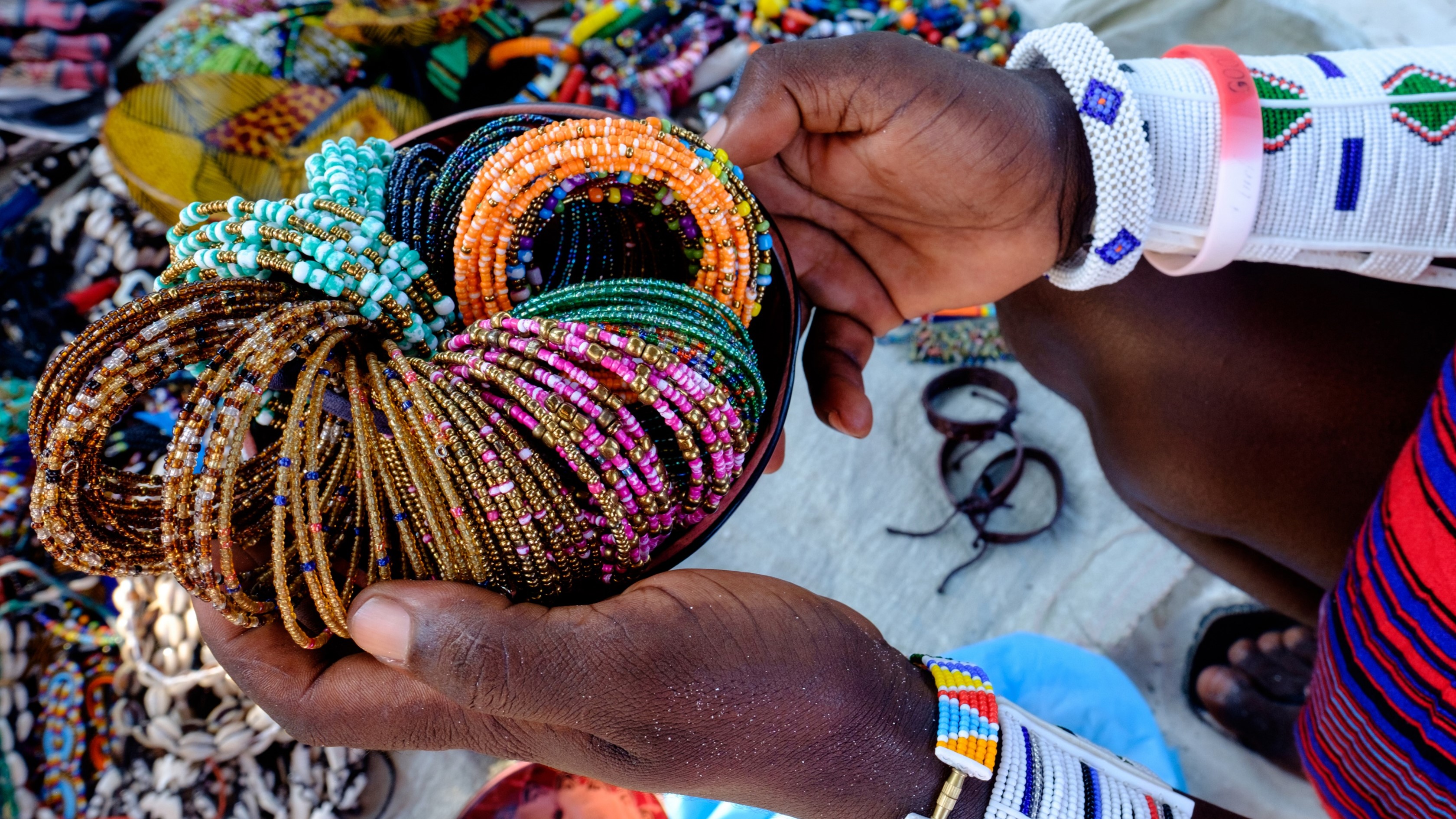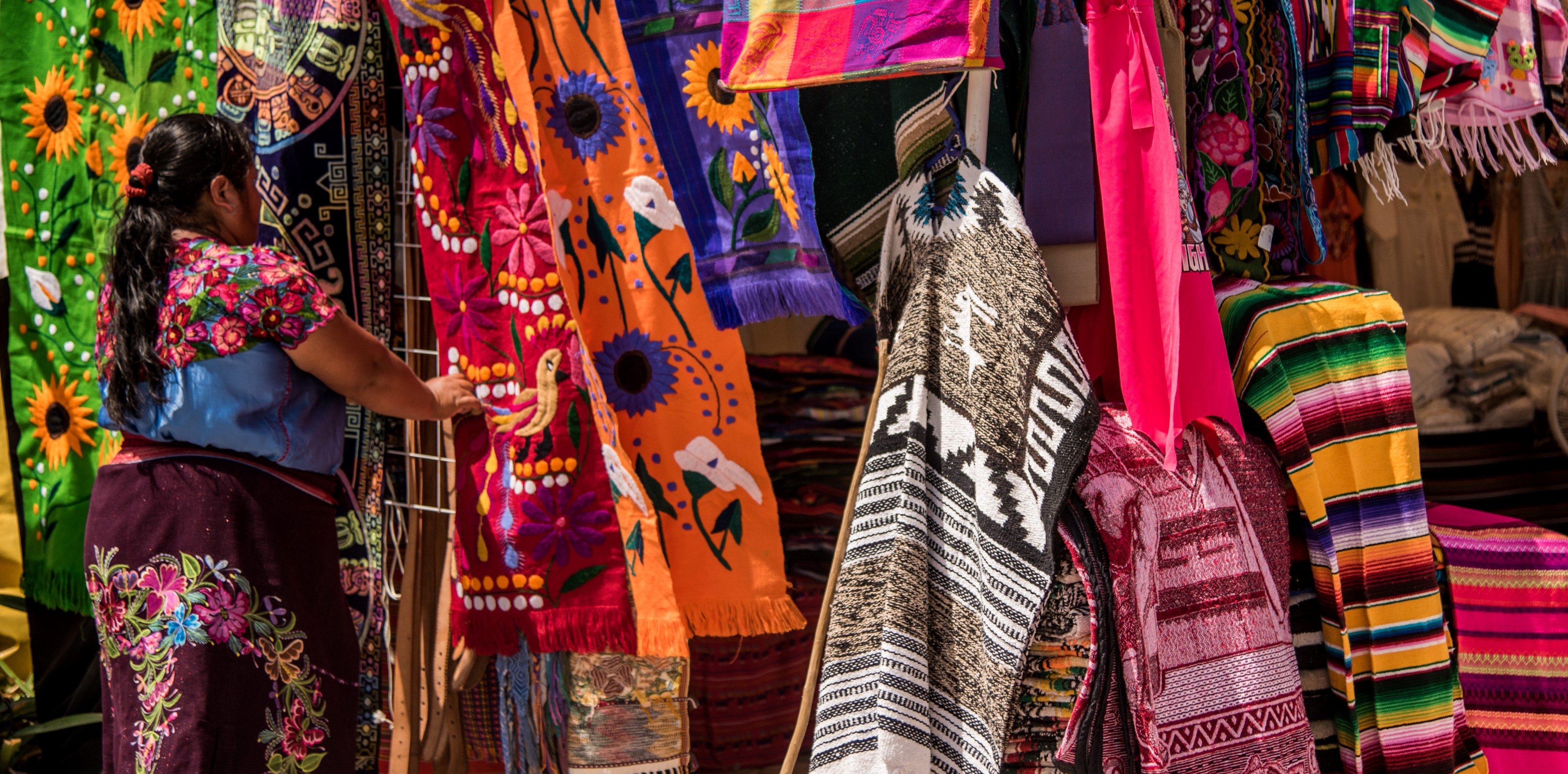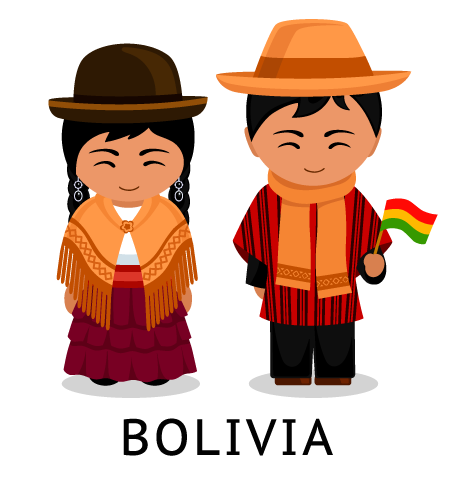
BOLIVIA
Pollera: A colourful dress that is pleated in a Spanish peasant design. It is associated with urban mestizo and also women who are proud of their heritage.
Manta: It is a cloth used for carrying different items. Women also use them to cover their heads or carry babies. It is also known as lliqla.
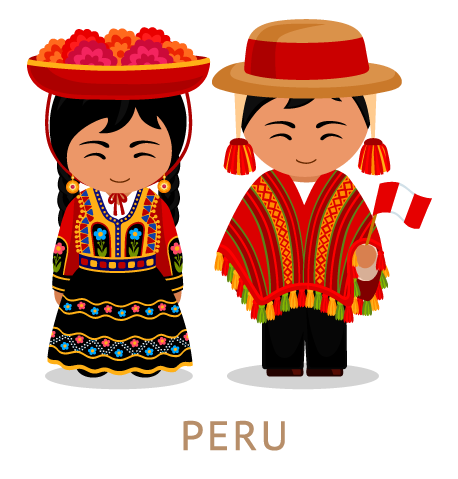
ETHIOPIA: HAMER TRIBE CULTURAL DRESS
SIlliclla: Also known as Illiklla which is a handwoven shoulder cloth and is usually rectangular. A straight pin (tupu) is used to secure it at the front while other people may opt to just tie it. It is used to keep the women warm.
Chumpi: Means belt and was traditionally used by women to fasten their skirts. They’re also used by men when lifting heavy objects to support their backs.
Jobona: A traditional jacket made of wool and is usually worn under the Illiclla by women. It is also adorned with different patterns of coloured buttons which also symbolise one’s social status.
Montera: A name from the Quechua people for a traditional hat that was worn by women. The hat usually has a woven strap decorated with white beads whose number reflects the social status of women.
Polleras: A traditional skirt made by weaving wool. It is later decorated by embroidering different patterns according to different regions. They are mainly used in the festive season.
Ojota: These are sandals made of recycled tires. They are used to associate oneself with the indigenous identity of the region of Andes.They’re typically worn with traditional Peruvian clothing such as the poncho, chullo (knitted hat), and the alpargatas (espadrilles)
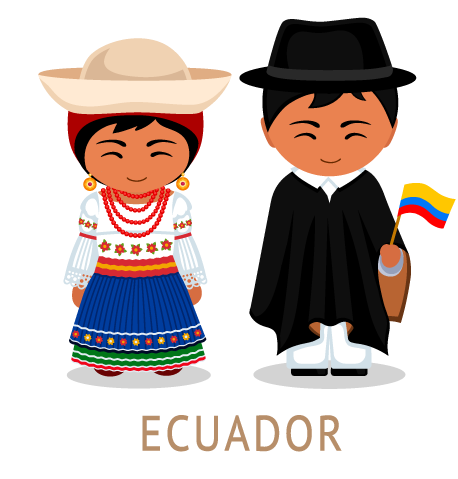
ECUADOR
Guayabera: Men’s shirt identified by numerous front pockets with embroidered decorations and mostly worn by men along the coast region. The Guayabera in Ecuador is usually worn with dress pants, dress shorts or dress slacks, and it is often accessorized with a bow tie or necktie. The Guayabera is a very traditional piece of clothing in Ecuador and is often worn with other traditional garments such as the panama hat, the poncho, and the alpargatas (espadrilles)..
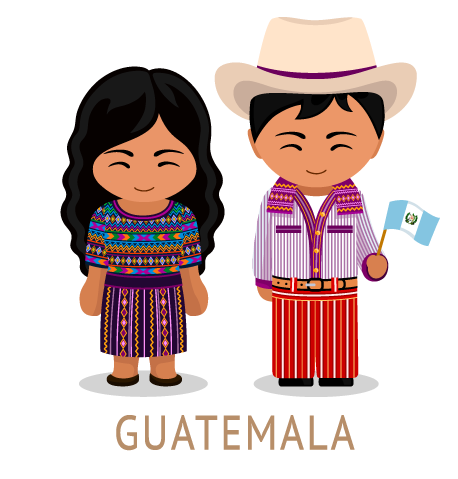
GUATEMALA
Huipili: Its name is derived from a Nahuati word meaning “My covering”. It is worn as an expression of one’s ethnicity. The huipil in Guatemala means the torso portion of the dress. Each huipil is unique and is often made by the woman who will wear it.
Faja: It is a belt woven on a backstrap loom and the belt is usually integral of every woman’s dress to secure the skirt or corte. It is also used as a way of showing social status, the richer the person, the more elaborate the design and the quality of the faja.
Trajes: It is an intricate clothing worn by the Maya people as a way to reconnect to their roots. It is handwoven from cotton using a backstrap to weave the designs.
.
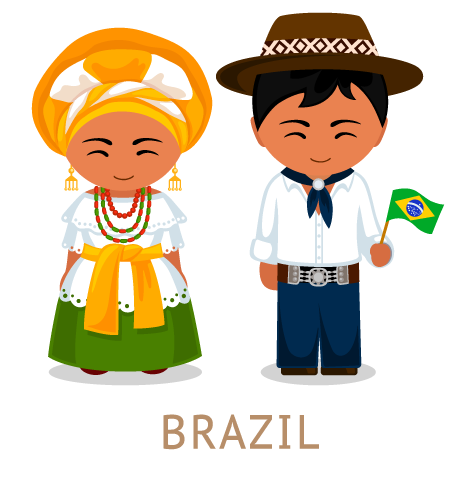
BRAZIL
Bombacha: Baggy pants which were originally worn by South American Cowboys (Guachos), usually made of cotton and are liked because of their comfort and how charming they look.
Baiana dress: A female attire that is richly decorated, made of a light blouse and a long skirt that is made of a light airy fabric. The light fabric was preferred in parts of the area where the climate is hot and humid.
Poncho: It is a blanket like attire with a slit in the middle to allow it to be slipped over the head and be a sleeveless garment. It is rectangular in shape and is used to cover from cold conditions in the mountainous areas. It was also used during horse riding by the Guachos.
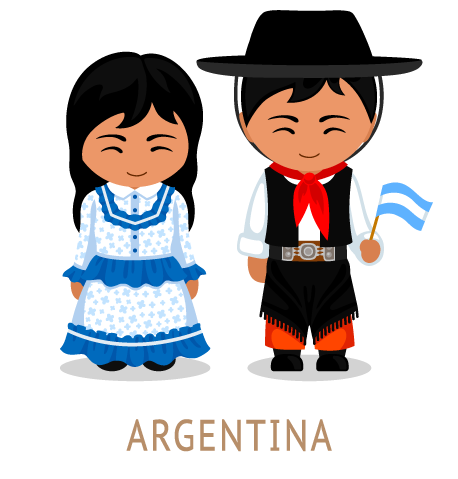
ARGENTINA
Guacho: It is a male costume named after the South American cowboys in Brazil which combines a pair of loose black trousers made of cotton matched with a white shirt that is covered by a short sleeved jacket.
The chiripá: A traditional indigenous garment worn by Guaraní people, which is a loincloth tied at the waist.
Bombacha: A wide-legged pants worn by gauchos (Argentinian cowboys)
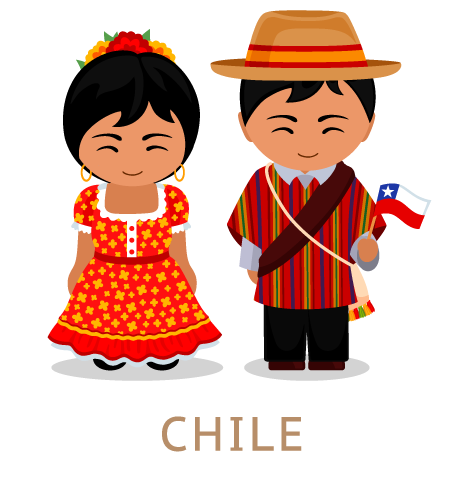
CHILE
Chamanto: It is a decorative sleeveless garment similar to the poncho in Brazil but woven in silk thread and wool and enhanced with a ribbon edging at its contours.
Chupalla: A hat made of straw and is commonly used by horsemen. It is also used for dancing during the rodeos done by Chileans.
Huaso hat: A wide-brimmed felt hat worn by the Chilean cowboys (huasos
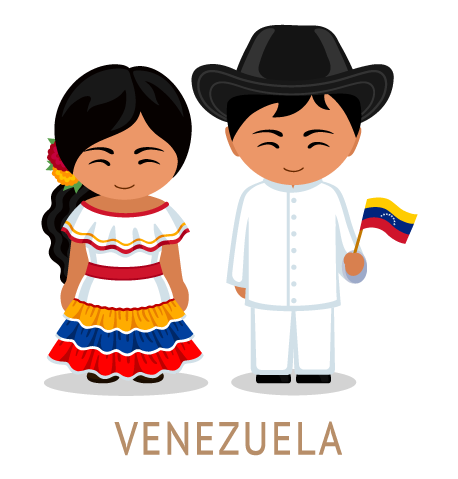
VENEZUELA
Llanera hat: A wide-brimmed hat made of straw, worn by men and women, especially in the Llanos region.
Liqui liqui: A garment traditionally made of wool or linen cloth and remains to be the national costume for men in Venezuela. It is still preferred since it appears modern and appreciates Venezuelan heritage and is very comfortable too. The liquiliqui is typically decorated with geometric patterns and traditional symbols that hold a significant meaning for the Mapuche culture. Known as liki liki in Spanish.
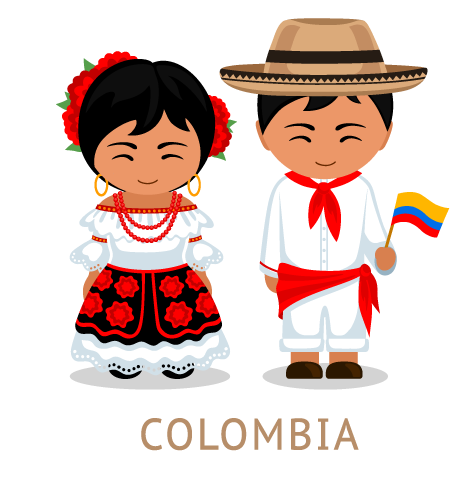
COLUMBIA
Ruana: A garment design borrowed from the poncho of the Brazilians and people of the Andean region, made of wool and used to keep warm. It is a blanket like design with a slit at the middle that allows it to be worn over the head and cover the rest of the body without necessitating sleeves.
La Pollera Colora: Its name translates to a brightly coloured skirt. It is the most common female attire that consists of a coloured skirt that goes along with a blouse that is round necked. It is the national costume for women in Colombia.
Sombrero Vueltiao: A hat that is used to protect oneself from the harsh sun. It is made by weaving strips of cane together. More strips woven together produce a finer hat. Its quality is determined by its pattern of coloured strands and flexibility.
.

DOMINICAN REPUBLIC
Wob Dwiyet: It was a garment design conceived by freed slaves. It consisted of a long cotton petticoat decorated by ribbons. It is then covered by an outer dress with narrow sleeves at wrist length. It is also known as Gwan Wob.
Blusa: A traditional blouse worn by women. It is usually made of cotton or linen. The traditional blusa has a wide variety of designs, styles, and colors, and it can be embroidered or decorated with lace, sequins, or other embellishments. Some of the traditional blouses are made with huipil, a type of blouse made by the indigenous women.
